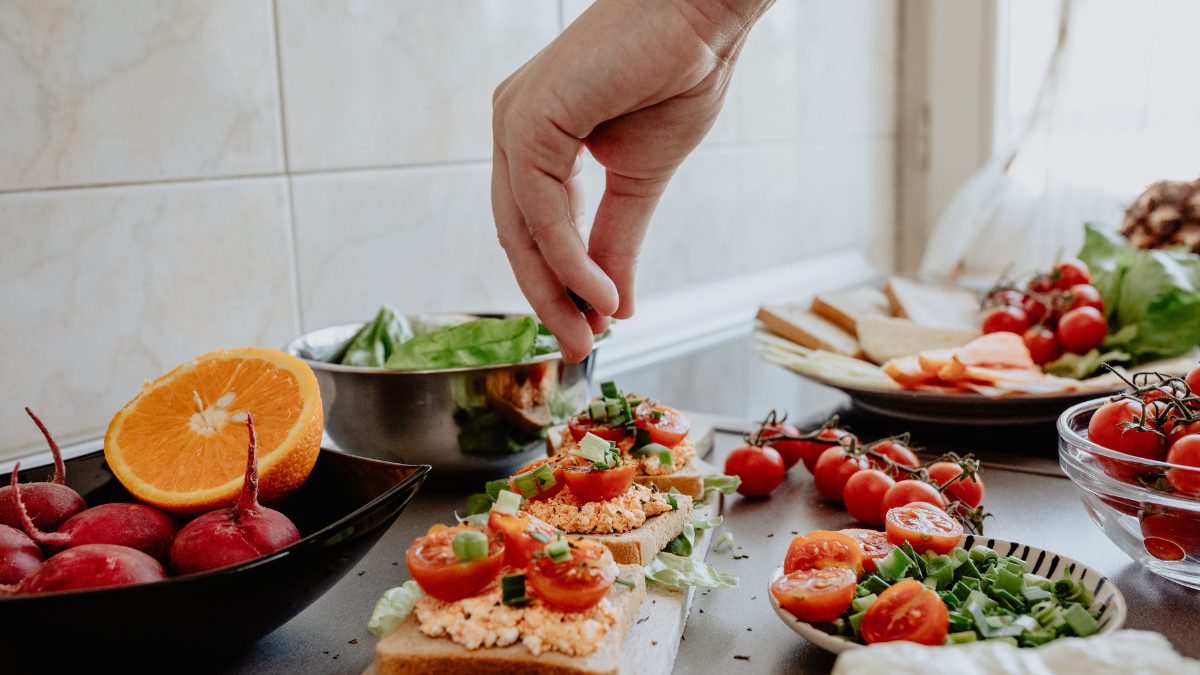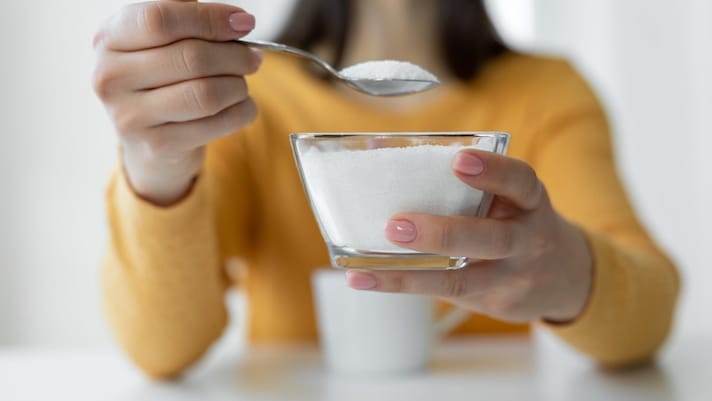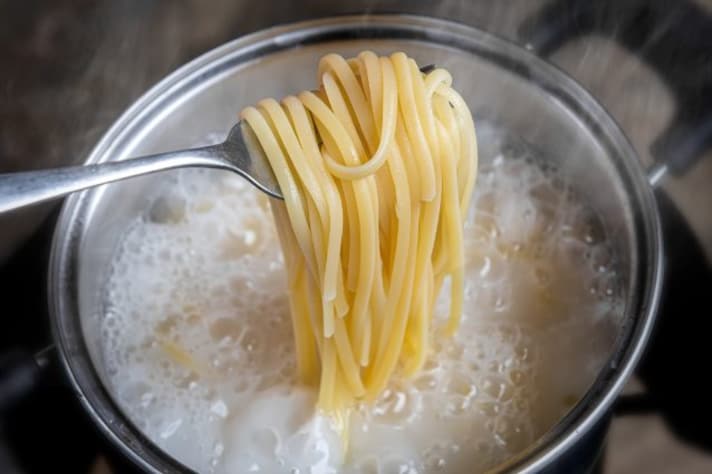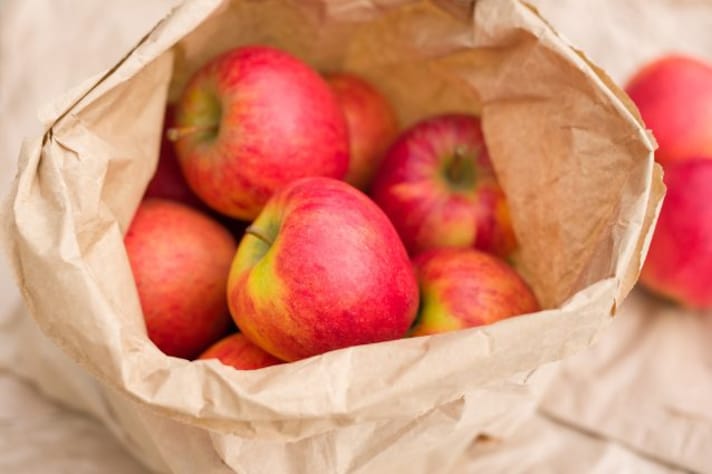
Food science is a treasure trove of fascinating discoveries that can enhance your cooking and deepen your appreciation for what’s on your plate. Here are ten captivating food science facts that will not only surprise you but might also change the way you cook.
1. The Maillard Reaction

Ever wonder why grilled meat and toasted bread taste so irresistibly good? The secret lies in the Maillard reaction. This chemical process occurs when proteins and sugars react under heat, creating complex flavors and that delicious golden-brown color. Next time you savor a perfectly seared steak, you’ll know it’s all thanks to this amazing reaction!
2. Steaming vs. Boiling

When it comes to cooking vegetables, steaming is your best friend. Unlike boiling, which causes vitamins like Vitamin C and B to leach into the water, steaming keeps nutrients locked in. For the healthiest and tastiest veggies, opt for steaming rather than boiling.
3. Freezing

Freezing isn’t just about keeping your ice cream from melting. It’s a powerful way to preserve food. By lowering the temperature, freezing slows bacterial and mold growth, extending the life of your food. Just remember to label and date your frozen goodies to avoid the mystery meals of yesteryear!
4. Fermentation

Fermentation is like a magic trick. Microorganisms like bacteria and yeast transform sugars into acids or alcohol, resulting in foods with unique flavors and textures. From tangy yogurt to fizzy beer, fermentation not only preserves but also enriches our food experience.
5. The Magic of Salt

Salt isn’t just for seasoning; it’s a flavor enhancer. It has the power to make sweet foods taste sweeter and balance out bitterness. A pinch of salt can elevate your cookies from bland to grand, showcasing salt’s remarkable ability to enhance flavors.
6. Sugar’s Role in Texture

Sugar’s role in baking extends beyond sweetness. It affects the texture of baked goods, creating a tender crumb by interfering with gluten formation. This means your cookies get that perfect chewy bite thanks to the magic of sugar!
7. Starch Gelatinization

When you cook rice or pasta, starch gelatinization is at work. This process involves starch granules absorbing water and heat, causing them to swell and soften. It’s this transformation that gives your pasta and rice their delightful textures.
8. The Glycemic Index

Not all carbohydrates are equal. The glycemic index (GI) measures how quickly a food raises blood sugar levels. Foods with a high GI can cause rapid spikes, while low GI options provide a steady energy release. Knowing about GI can help you make healthier, energy-sustaining choices.
9. Enzymes and Ripening

Enzymes play a crucial role in ripening fruits and vegetables. For example, the enzyme polyphenol oxidase causes apples to brown after they are cut. This enzymatic activity is essential for developing the flavors and textures we enjoy in ripened produce.
10. Sensory Science

The way we experience food goes beyond taste. Sensory science studies how our senses of taste, smell, texture, and appearance influence our enjoyment of food. A well-plated dish can enhance your dining experience, proving that presentation is just as important as taste.
;Resize,width=767;)
